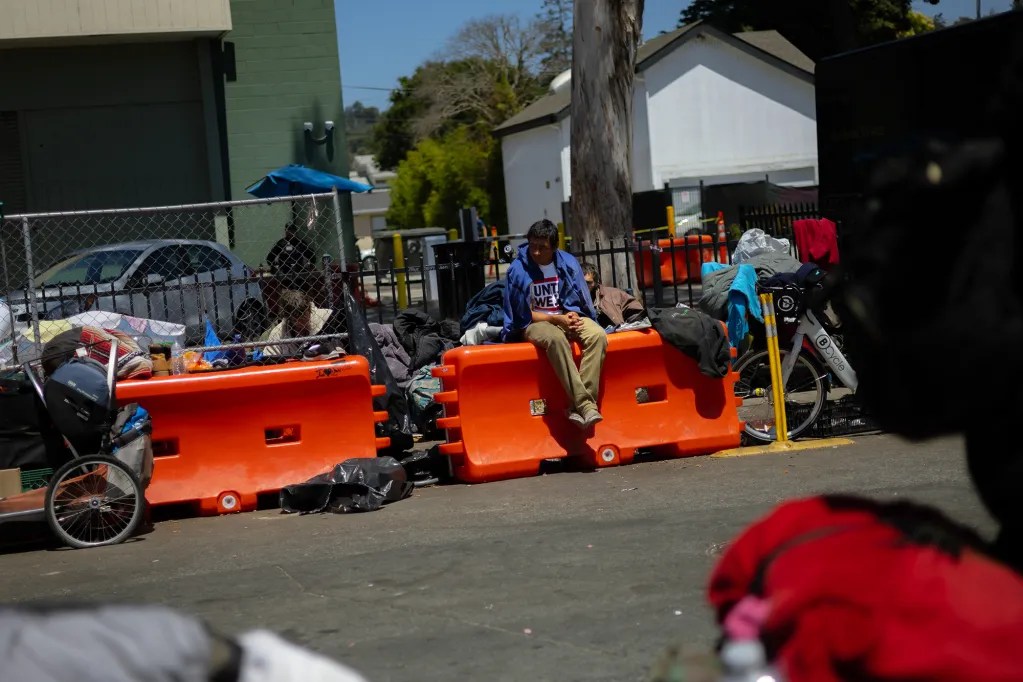By Marisa Kendall, CalMatters
Homelessness continues to be a major issue in California, but some places are reporting decreases in their populations.
Santa Cruz County is the latest: It counted 1,473 people this year, down 20% from 2024. But despite that sign of progress, the number of “chronically homeless” people increased — suggesting the county still struggles to house that high-needs population. That category refers to people who have been homeless a year or more and have a disability.
Homelessness dropped 4% in Los Angeles County from last year, marking the second year in a row the county saw a decline. Contra Costa County saw a 26% decrease. Santa Clara County, meanwhile, saw an 8% increase from 2023 (Santa Clara County counts every other year).
RELATED: Early results show Prop 36 struggling with ‘mass treatment’ pledge for homeless drug offenders
Those numbers come from “point-in-time” counts conducted at the start of the year. Results have been rolling in all summer. Experts caution that those counts are estimates, at best, and likely undercount homeless populations.
Gov. Gavin Newsom was quick to take credit last month as early reports came in showing decreases that his office said happened through his “support of local government efforts and state investments.” He bragged again on Monday, saying California is “reversing decades of inaction on homelessness.”
RELATED: San Jose begins clearing its largest homeless camp, displacing more than 300 people at Columbus Park
But the California State Association of Counties was just as quick to accuse Newsom of derailing that progress by slashing state funding in upcoming budget cycles. Though Newsom has poured money into the homelessness crisis, it’s been in one-time grants instead of ongoing funding, which counties complain makes it difficult to build the types of long-term programs that will create meaningful change for the state’s more than 187,000 unhoused people.
Newsom allocated $1 billion in Homeless Housing, Assistance and Prevention funds last year, but cut that to $0 this year, while signaling an intent to allocate $500 million next year.

